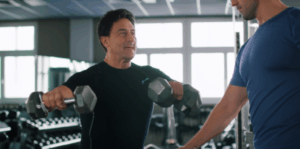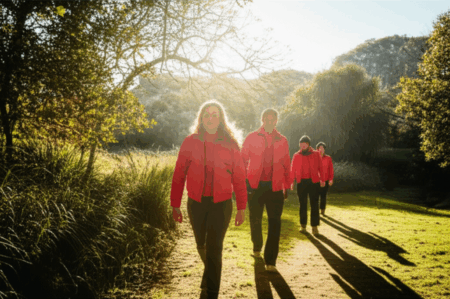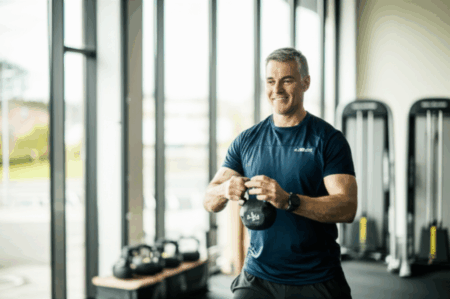Imagine defying gravity, experiencing a new perspective, and unlocking a profound sense of body control. The handstand, once perceived as a feat reserved for gymnasts and circus performers, is increasingly recognized as a powerful full-body exercise with transformative benefits for anyone willing to put in the consistent effort. It’s more than just an impressive trick; it’s a journey of strength, balance, and mental fortitude that can redefine your fitness routine.
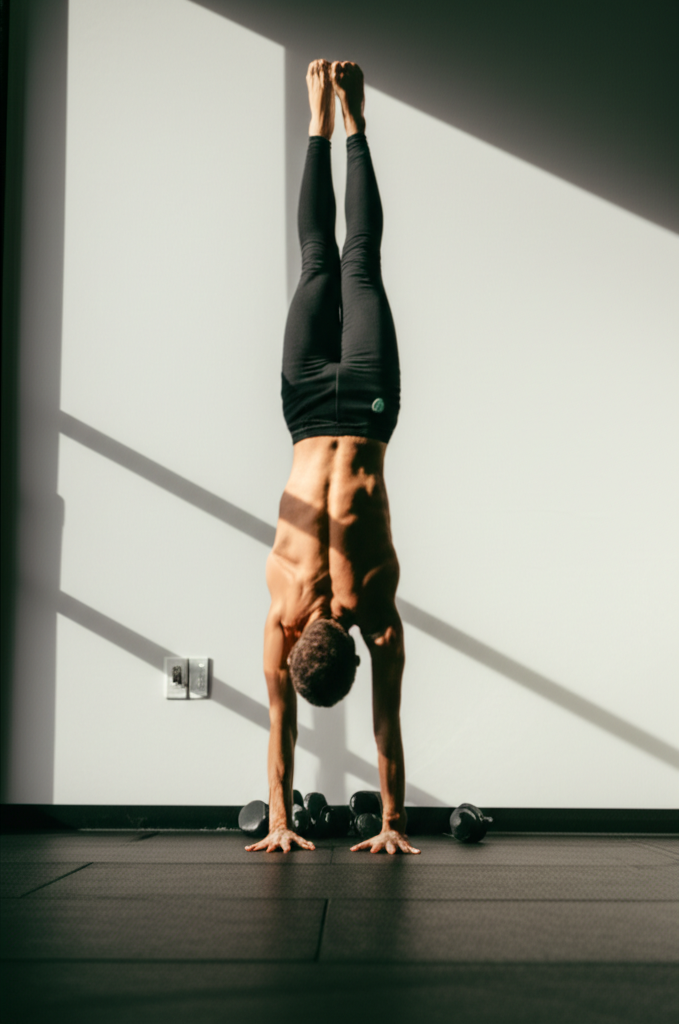
Why Flip Your Fitness? The Benefits of Handstands
Incorporating handstands into your training offers a myriad of physical and mental advantages. It’s a holistic exercise that challenges and develops your entire body and mind.
Enhanced Upper Body and Core Strength
Handstands are a supreme builder of upper body strength, intensely engaging your shoulders, upper arms, chest, and upper back. Specifically, they work the anterior and posterior deltoids, triceps, biceps, pectoralis muscles, and latissimus dorsi as you support your entire body weight on your hands. Beyond the upper body, handstands demand significant core strength, activating muscles that stabilize your spine and help maintain a straight, rigid body line, preventing arching in the lower back. This focus on core engagement is crucial for stability and control in the inverted position.
Improved Balance and Proprioception
Balancing upside down requires intricate control and coordination, greatly enhancing your overall balance and proprioception—your body’s sense of its position in space. The subtle, continuous adjustments your body makes to stay upright develop a heightened awareness of your movements and body alignment. This improved balance translates to better stability in other physical activities and a reduced risk of falls.
Boosted Mental Focus and Confidence
Beyond the physical, handstands offer significant mental benefits. The intense concentration required to maintain balance can clear your mind, reduce stress, and even lower cortisol levels. Achieving a handstand is a significant accomplishment that builds mental toughness, boosts self-confidence, and provides a profound sense of empowerment.
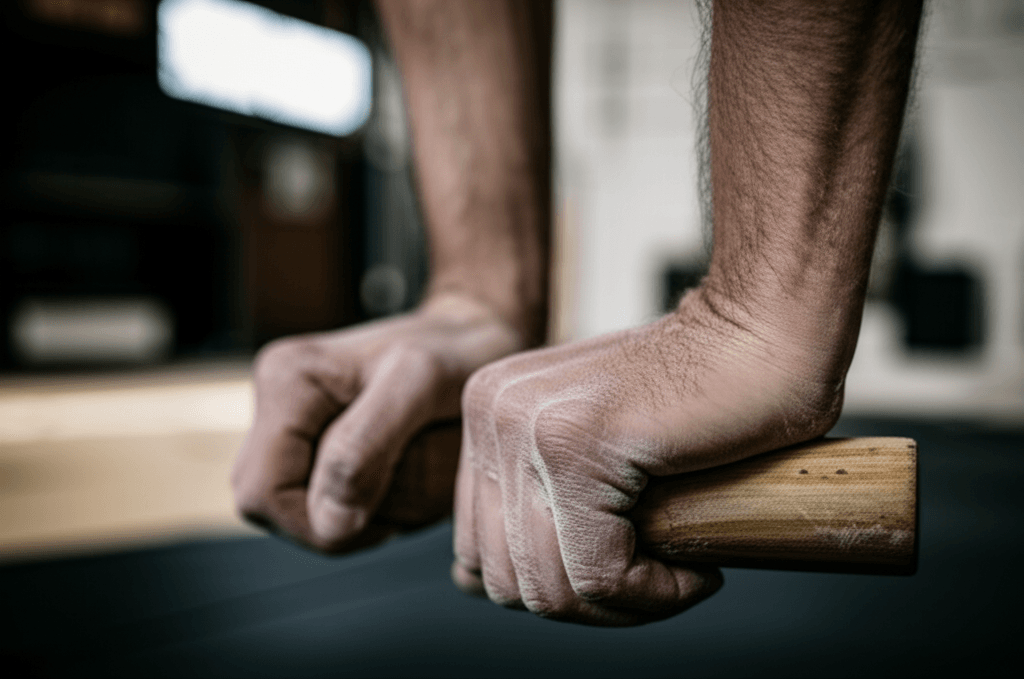
Laying the Foundation: Prerequisites for Handstand Success
Before you kick up, it’s vital to prepare your body. A successful handstand relies on sufficient mobility, stability, and strength in key areas.
Wrist Mobility and Strength
Your wrists bear a substantial load in a handstand, making their preparation crucial for both performance and injury prevention. You should aim for at least 90 degrees of active wrist extension without pain. Incorporate wrist warm-ups, stretches, and strengthening exercises regularly.
Shoulder Stability and Flexibility
Adequate shoulder mobility (180 degrees of active shoulder flexion) and stability are essential for proper alignment and to prevent collapse in the inverted position. Exercises that build strength and control in your shoulders, along with improving their range of motion, are fundamental. Focus on shoulder elevation (shrugging your shoulders towards your ears) and shoulder flexion (getting your arms in line with your upper body).
Core Powerhouse
A strong core is the linchpin of a stable handstand, preventing a “banana” back and helping maintain a straight body line from hands to feet. Exercises that teach full-body tension and spinal alignment are paramount.
Mastering the Bail
Fear of falling is a common barrier. Learning how to safely exit a handstand, such as cartwheeling out or pivoting to plant a leg, is a crucial first step that builds confidence and allows you to practice more freely. Practice falling safely in a stepwise fashion to automate the movement over time.
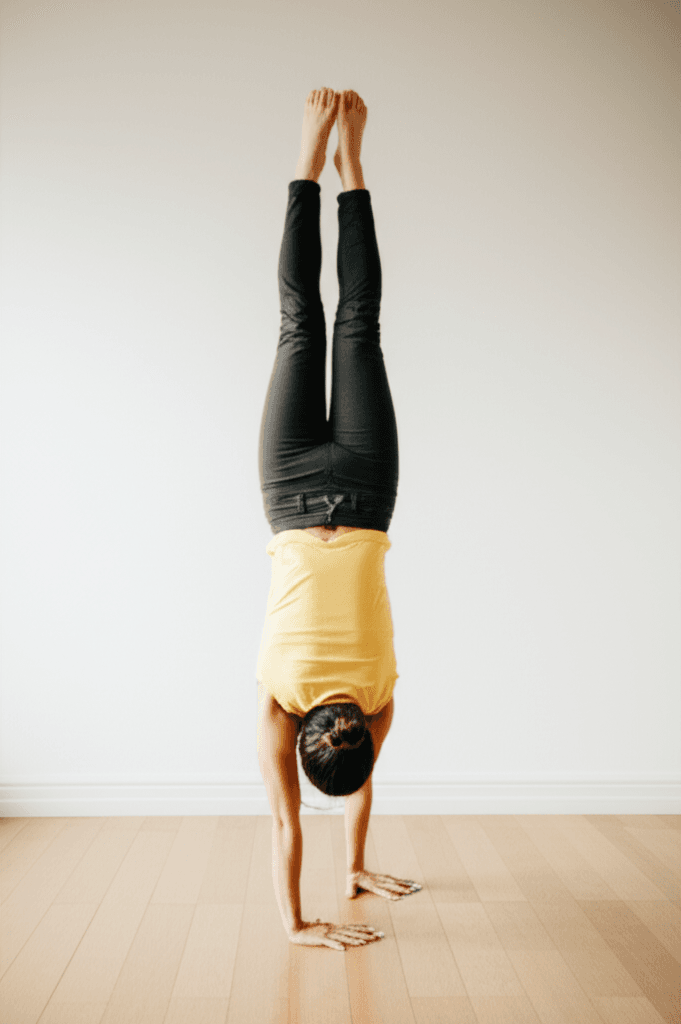
Your Progressive Handstand Workout Routine
Consistency is the most critical factor for handstand beginners; aim to train 3-4 times per week. This sample workout focuses on building the necessary strength, mobility, and body awareness.
Warm-Up (10-15 minutes)
Prepare your wrists, shoulders, and core for the demands of handstand training.
- Wrist Circles & Flexion/Extension Drills: Start on all fours with hands shoulder-width apart, fingers pointing forward. Gently make large circles over your wrists, keeping palms flat. Then, lift your palms off the floor while keeping fingers grounded (wrist push-ups) and reverse, lifting fingers off the floor while palms stay down (finger lifts).
- Shoulder Pass-Throughs: Use a light stick or resistance band. Hold it with a wide grip and slowly bring it from in front of you, overhead, to behind your back, keeping arms straight. This improves shoulder mobility and flexibility.
- Cat-Cow / Downward Dog: Move between these poses to warm up the spine and gently open the shoulders. In Downward Dog, focus on pushing through your hands and opening your shoulders.
Foundational Strength & Skill Work (20-30 minutes)
These exercises build the prerequisite strength and body awareness.
- Hollow Body Holds: Lie on your back, arms extended overhead. Lift your head, shoulders, and legs slightly off the ground, ensuring your lower back stays pressed into the floor. Your body should form a slight “crescent” or hollow shape. Hold for 20-30 seconds, 3-4 sets. This teaches full-body tension crucial for a straight handstand.
- Pike Push-Ups: Start in a downward dog position with hips high. Lower your head towards the floor by bending your elbows, then push back up. For an easier variation, elevate your feet on a box or chair. Perform 3 sets of 8-12 repetitions.
- Wall Walks: Begin in a plank position with your feet near a wall. Walk your feet up the wall while simultaneously walking your hands closer to the wall, striving for a straight body line where your hands are close to the wall and your body is vertical. Hold for 10-20 seconds, then walk back down. Aim for 3-4 sets. This builds wrist, arm, shoulder, and core strength, and gets you comfortable being inverted.
- Wall-Assisted Handstand Holds (Chest to Wall): This variation helps refine your straight body line without relying on balance. Kick up to a handstand with your chest facing the wall, allowing your heels to lightly rest against it. Focus on pushing through your shoulders and engaging your core. Hold for 20-60 seconds, 3-4 sets.
- Crow Pose / Frog Stand: Place hands shoulder-width apart on the floor, grip with fingertips. Bend elbows and rest knees on your triceps, then lean forward, lifting one foot at a time, then both, balancing on your hands. This helps build initial balance and confidence on your hands. Hold for time, 3-4 sets.
Handstand-Specific Drills (15-20 minutes)
These drills directly translate to freestanding handstand success.
- Kick-Up Practice (Split Leg Kick-Ups): From standing, place your hands on the floor about a foot in front of you. Gently kick one leg up, letting the other follow, aiming to stack your hips over your shoulders and wrists. Practice with a wall for support initially, then gradually move away. Focus on controlled entries rather than forceful kicks. Perform 5-10 attempts per side, 3-4 sets.
- Handstand Shrugs: In a wall-assisted handstand (chest to wall or back to wall), keep your arms straight and shrug your shoulders towards your ears, then depress them away. This builds shoulder elevation strength and control. Perform 3 sets of 8-12 reps.
- Freestanding Handstand Attempts (Short Holds): Once comfortable with wall work and kick-ups, try to hold a freestanding handstand for a few seconds. Focus on maintaining a tight hollow body and balancing with micro-adjustments in your fingers and hands. Perform 5-10 attempts, focusing on quality over duration.
Cool-Down & Flexibility (5-10 minutes)
Finish with stretches to improve flexibility and aid recovery.
- Wrist Stretches: Gently stretch wrists in all directions (flexion, extension, pronation, supination).
- Shoulder Stretches: Examples include Puppy Pose (kneeling, extend arms forward, sink chest towards floor) and Child’s Pose with extended arms.
- Gentle Core Stretches: Light twists or gentle backbends to release tension.
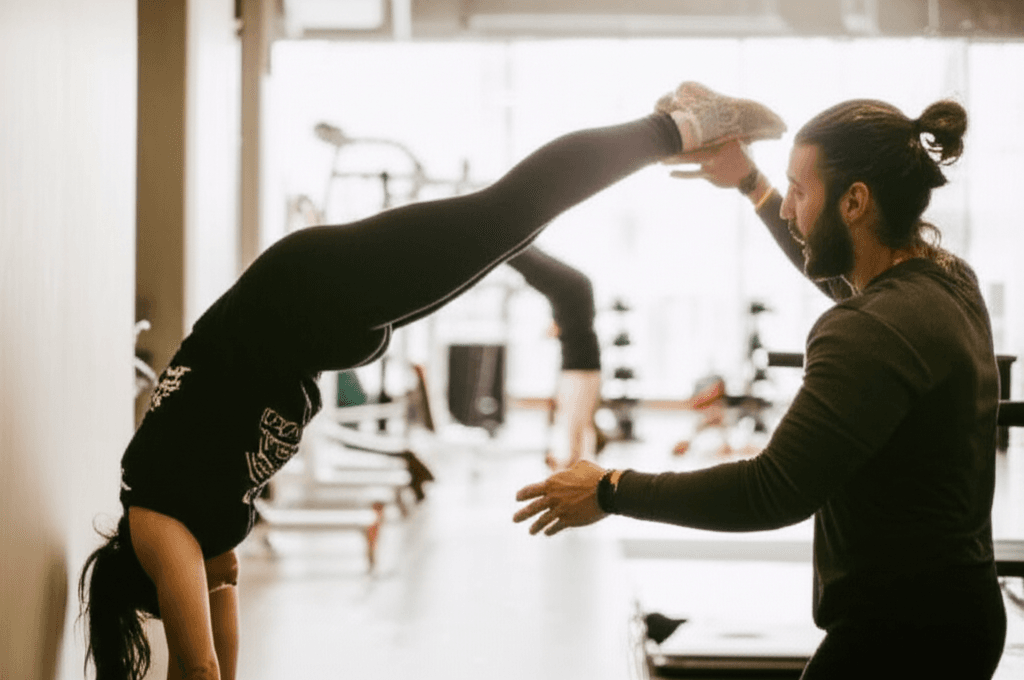
Consistency is Key: Training Frequency and Tips
Mastering the handstand is a journey, not a destination.
- Train Regularly: Aim for 3-4 handstand-focused sessions per week, allowing for rest and recovery between sessions.
- Listen to Your Body: Handstands are demanding. If you experience pain, rest or modify exercises. Prioritize proper form over pushing for longer holds.
- Use a Spotter (When Needed): As you progress to freestanding attempts, a spotter can provide support and feedback, helping you feel more secure.
- Film Yourself: Recording your practice can provide invaluable insights into your form and areas for improvement.
- Celebrate Small Victories: Acknowledging progress, no matter how small, keeps motivation high. A 10-second freestanding hold is a significant milestone!
By systematically building strength, mobility, and body awareness through a structured handstand workout, you’ll not only unlock this impressive skill but also gain a deeper connection with your body and elevate your overall fitness. Get ready to turn your world, and your fitness routine, upside down!


